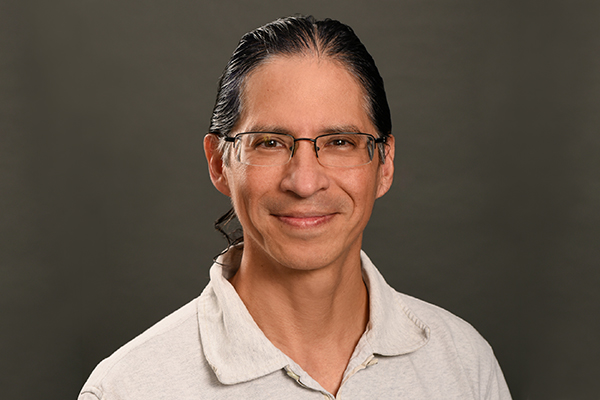Dayton Engineer

Engineering systems for the common good: With math, class hopes to offer solutions to homelessness
By Shawn Robinson, associate director of news and communications
It's an equation that may seem impossible, an engineering professor using math to help find solutions for homelessness in Montgomery County, but Raúl Ordóñez believes his class can calculate some very real answers.
Using differential equations and statistical models, students in Ordóñez's class — Engineering Systems for the Common Good — will work with Montgomery County Homeless Solutions to examine changes in the number of people experiencing homelessness in Montgomery County over time and reasons why.
"Differential equations allow you to represent things that change with time," he said. "As the number of homeless people in Montgomery County changes with time, we can turn the data into a model, and then see what factors influence different things, and how that changes when factors change. For example, if you spend available resources in a certain way, then there is a likely outcome that we can predict."
Nearly 4,000 households experienced homelessness in Montgomery County in 2021, spending at least one night in a community shelter or sleeping unsheltered, according to Montgomery County Homeless Solutions.
"What would it take to end chronic homelessness? How many are returning? How many find a permanent destination?," said Kathleen Shanahan, homeless solutions program coordinator at Montgomery County. "Our use of data has grown tremendously. We hope the class can come up with models that will allow us to better understand policy implications and better use public resources."
Ordóñez wants his students in his class to see what they learn as engineers goes well beyond engineering.
"The common good goes beyond making better phones. Engineering has such a powerful set of techniques and knowledge. Why not apply it to social issues for the betterment of society?," said Ordóñez, a professor of electrical and computer engineering. "I hope they gain perspective and see they are equipped to do more."
The inspiration for Ordóñez's class started in his native Ecuador where the poverty he grew up around made an impression on him.
"I have been very lucky in my life to do the things I've done. I've felt this urge to do something, to help any way I can with the gifts I have, but I didn't have an outlet," he said.
Conversations with his wife, a human rights major and advocate, further fueled Ordóñez. He found his outlet when UD's School of Engineering created the human rights in engineering minor this year.
His class is a technical elective that additionally satisfies requirements for the minor and the University's Common Academic Program.
"UD, because of its institutional commitment to the common good, provides a very supportive environment for this type of initiative," Ordóñez said.
UD School of Engineering Dean Gül Kremer says Ordóñez is the epitome of the brand of engineer the school would like to develop - "a complete engineer that possesses superb technical skills but with a heart that connects them deeply to the community to spread good through engineering."
"We are fortunate to have Professor Ordóñez to show the way to our students."
To interview Raúl Ordóñez, UD professor of electrical and computer engineering, contact Shawn Robinson, associate director of news and communications, at srobinson1@udayton.edu. To interview Kathleen Shanahan, homeless solutions program coordinator at Montgomery County, email Reba Chenoweth, public information officer for Montgomery County, at Reba.Chenoweth@jfs.ohio.gov.
